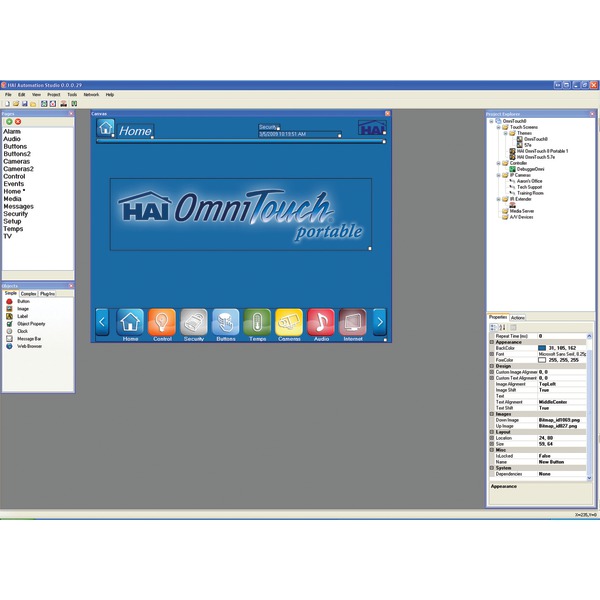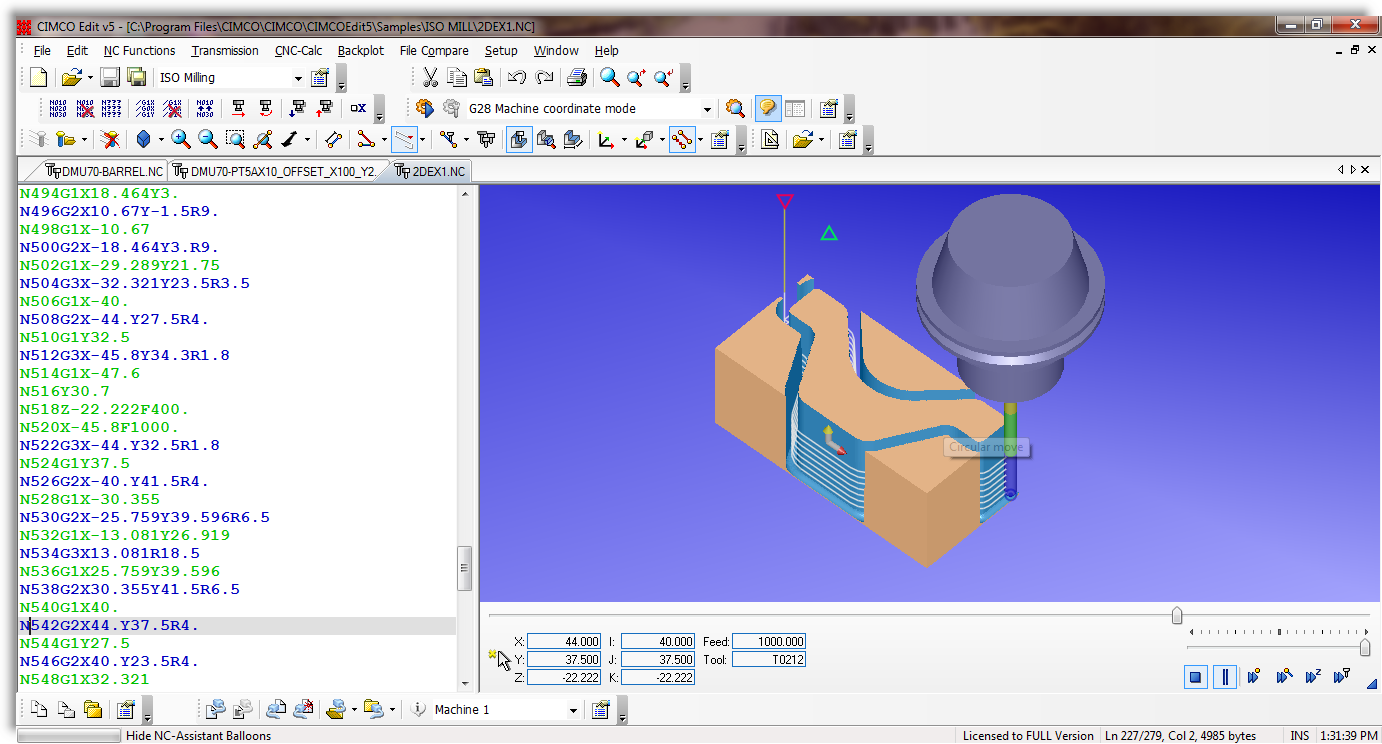

9.1.1 Seeking Optimal Resource Levels in Model 9-1 With OptQuest.8.2.7 Model 8-3: ED Enhanced with Hospital Staff.8.2.4 Model 8-2: PCB Assembly with Conveyors.8.2.2 Using Connectors, TimePaths, and Paths.8.2.1 Entity Movement Through Free Space.8.1.7 Model 8-1: Animating the PCB Assembly.8.1.5 Editing Symbols with the Symbols Ribbon.8.1.4 Status Animation With the Animation Ribbon.8.1.3 Background Animation With the Drawing Ribbon.7.1.4 Model 7-2: Enhanced ED Using Sequence Tables.7.1.2 Model 7-1: An ED Using a Data Table.


4.2.3 Replications and Statistical Analysis of Output.4.2.2 Initial Experimentation and Analysis.4.2 Model 4-1: First Project Using the Standard Library Objects.4.1.8 Moving/Configuring Windows and Tabs.3.4.2 Special-Purpose Simulation Software.3.4.1 General-Purpose Programming Languages.3.4 Software Options for Dynamic Simulation.3.3.2 Model 3-6: Single-Server Queueing Delays.3.3.1 Model 3-5: Manual Dynamic Simulation.3.3 Dynamic Simulation Without Special Software.3.2.4 Model 3-4: New Product Decision Model.3.2.3 Model 3-3: Single-Period Inventory Profits.3.2.2 Model 3-2: Monte-Carlo Integration.3.1.3 Deterministic vs. Stochastic Models.3.1.2 Continuous-Change vs. Discrete-Change Dynamic Models.2.3 Specific Results for Some Multiserver Queueing Stations.2.1 Queueing-System Structure and Terminology.1.5.5 Stakeholder and Simulationist Bills of Rights.1.3.1 Randomness in Simulation and Random Variables.1.3 Randomness and the Simulation Process.


 0 kommentar(er)
0 kommentar(er)
